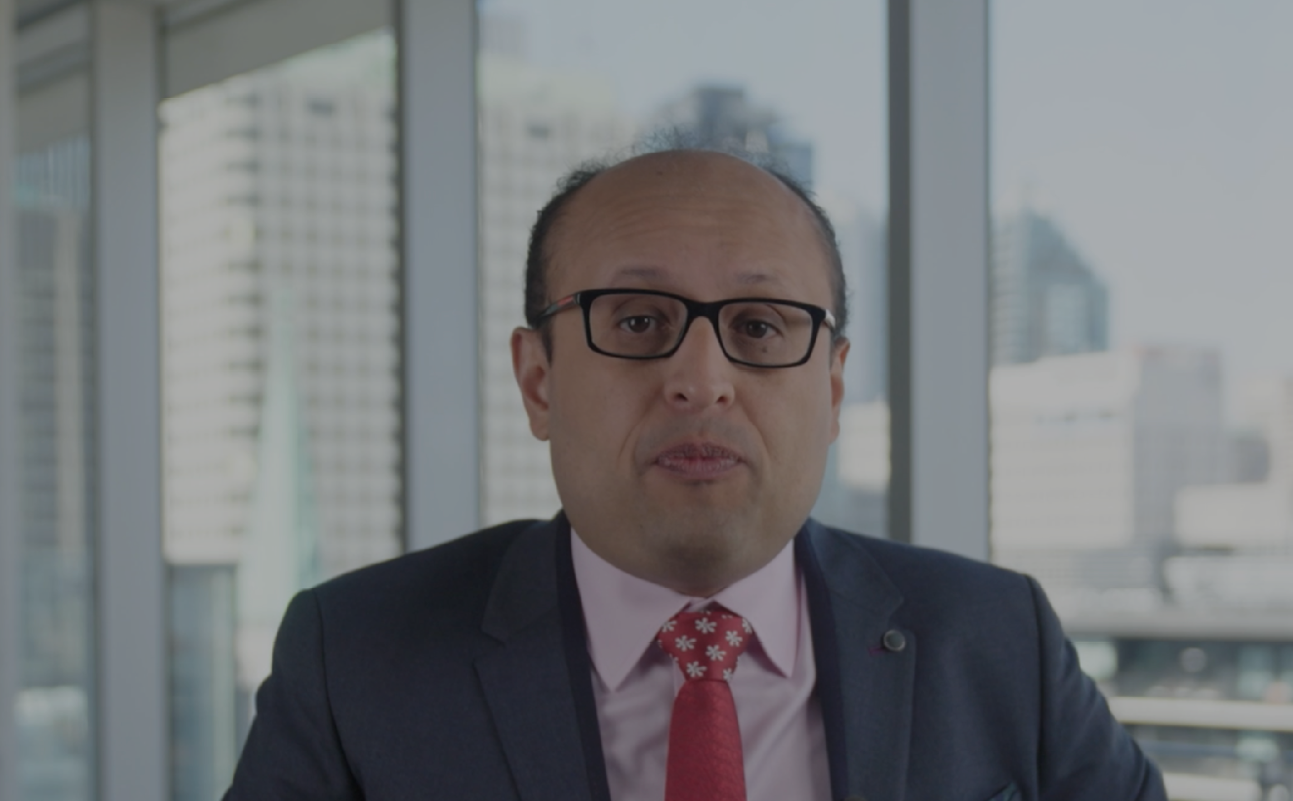
FAMILY DOCTOR / PAEDIATRICIAN

Children with VWD may also experience emotional and behavioural challenges in school and in their family life due to the fear of bleeding, and frequent bleeding may lead to absence from school.4 Moreover, the fear of bleeding may also present a substantial psychological burden for the child’s caregivers and prompt them to limit the physical and social activities that are important for the normal development of their child.5
The role of family doctors and paediatricians
VWD is the most common bleeding disorder in children.6 Frequent bleeding symptoms in children with VWD include easy bruising, bleeding from the mouth and nose, and prolonged bleeding from minor wounds and after surgery.2 As a family doctor or paediatrician you will often be the first medical professional to see children with such symptoms and your task will be to determine if the child has an abnormal bleeding pattern that merits further investigation by a specialist.7 For both adults and children with a possible bleeding disorder, taking the bleeding history is the first step in the diagnosis. When evaluating the bleeding history of a child, it is crucial to take the age and the developmental abilities of the patient into consideration. Infants who are not yet mobile rarely show signs of bruising but may experience unusual bleeding after circumcision or blood draws.2,7 As children become more mobile, minor scrapes and bruises from bumps or falls become more frequent. However, bruises that are larger or occur more frequently than expected may raise suspicion of a bleeding disorder. Bruising in unusual places, such as the back or abdomen, may also occur in children with VWD. Such bruises may be mistaken as signs of child abuse and parents may be concerned about this possibility.8 Finally, as girls enter puberty, heavy menstrual bleeding becomes the most common bleeding symptom of VWD. When discussing these symptoms with the patients and their caregivers, it is important to also include the family bleeding history, as recurrent abnormal bleeding may be trivialised within the family.2,9
Deciding whether bleeding symptoms are unusual can be a challenge.7 For a first assessment of bleeding symptoms, and especially for patients who are scheduled for surgery, we recommend that you perform our bleeding test with your patient. The test will show whether further investigations are indicated – and could change your patient’s life!
A definitive diagnosis of VWD is the result of an elaborate process.2Therefore, we recommend that you reach out to a nearby hemophilia treatment centre if further diagnostic evaluation is indicated. The multidisciplinary teams at the treatment centre will also provide optimal care for patients with bleeding disorders. VWDtest also offers further information about the aetiology, diagnosis and management of VWD, as well as insight into the typical journey of patients with VWD.
References
- Atiq F et al. EClinicalMedicine 2021; 32:100726.
- Corrales-Medina FF et al. Blood Rev 2023; 58:101018.
- Patel PN et al. Int J Pediatr Otorhinolaryngol 2017; 100:216-22.
- de Wee EM et al. J Thromb Haemost 2011; 9:502-9.
- https://www.hemophilia.org/sites/default/files/document/files/nurses-guide-chapter-13a-child-development-with-bleeding-disorder-transition.pdf; last accessed Mar 2023.
- Klaassen R and Halton JM Paediatr Child Health 2002; 7:245-9.
- Van Ommen CH and Peters M. Eur J Pediatr 2012; 171:1-10.
- Jackson J et al. Child Abuse Negl 2012; 36:127-34.
- VanderMeulen H, et al. Hematology Am Soc Hematol Educ Program 2022 1: 631-6.


